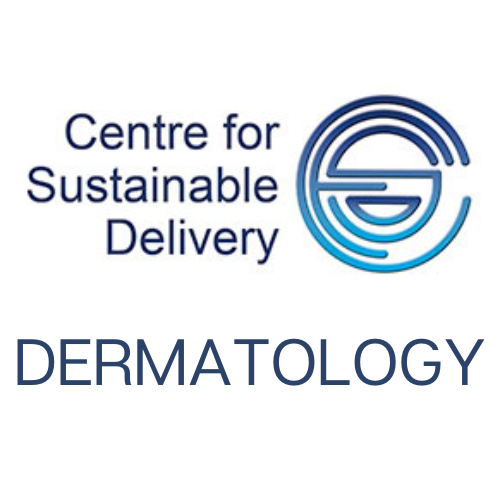Generalised pruritus
May occur without any underlying skin disease. Xerosis/dry skin in the elderly is one of the commonest caused of itch.
In the absence of overt skin disease consider an underlying diagnosis such as:
- Diabetes mellitus
- Anaemia / Iron deficiency
- Thyroid dysfunction
- Liver disease
- Medication induced (ie opiates)
Rarely:
- Haematological malignancy eg Lymphoma
- Other malignancies
- Psychogenic itch
- HIV
Vulval and perianal pruritus
Consider the following diagnoses:
- Candidiasis
- Dermatophyte infection
- Irritant dermatitis or allergic contact dermatitis
- Lichen simplex
- Lichen sclerosis
- Infestation with thread worms
- Intra-epithelial neoplasia — ask about previous history of anogenital warts or cervical intra-epithelial neoplasm
